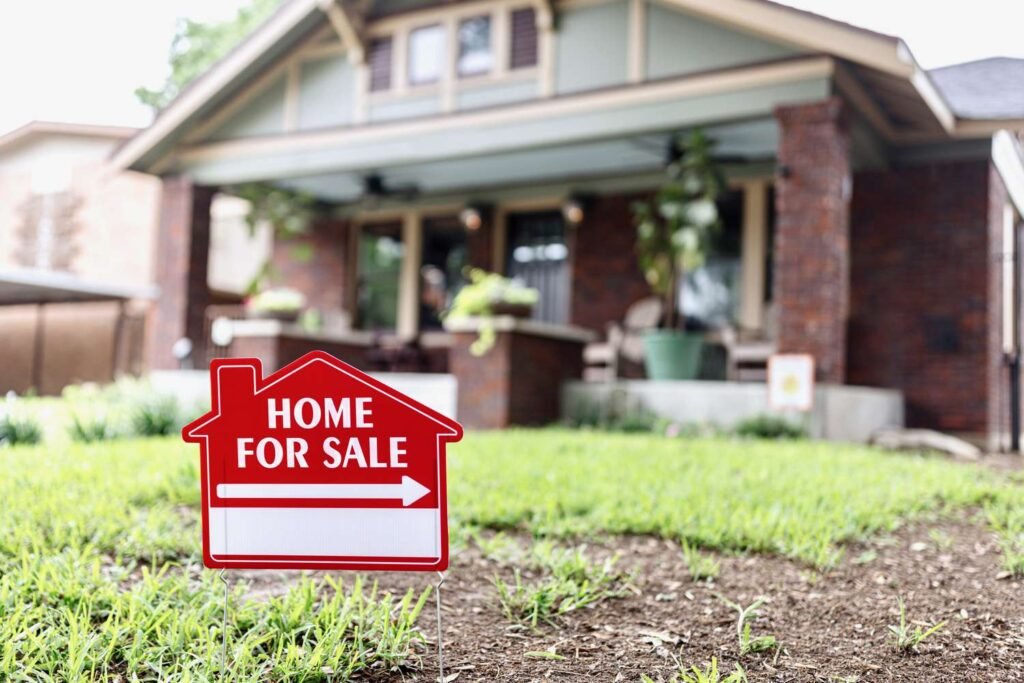:max_bytes(150000):strip_icc():format(jpeg)/GettyImages-2196693053-08f2d19baa2c4023acdbe4260c2215bf.jpg)
As the U.S. faces the threat of a deepening de-dollarization of foreigners’ portfolios in the wake of the Trump administration’s tariffs, one area where U.S. investments have shown life after a period of decline is in U.S. real estate. According to a July 2025 report from the National Association of Realtors (NAR), foreign purchases of U.S. homes rose 44% year over year, from 54,300 to 78,100.
That’s still a considerable drop from 2017, when foreigners bought 284,500 homes, but shows a potentially ironic effect of many international investors pulling out of the dollar, namely, using the greenback’s softening value to buy up real estate. What does this mean for U.S. homebuyers and real estate investors? Below, we take you through what you need to know.
Key Takeaways
- Foreign buyers represented about 2.5% of all U.S. home sales in 2025, contributing $56 billion annually—far below the $153 billion peak in 2017 but a major bump from 2024.
- Chinese investors continue to dominate luxury purchases, paying average prices exceeding $1 million—more than double typical U.S. home values.
- Canadian buyer interest has dropped significantly in 2025 because of tariffs and political tensions.
How Foreign Buyers Affect US Residential Real Estate
After the U.S. housing market experienced its lowest annual home sales since 1995 in 2024, this capital influx created a complex economic equation that touched every market differently for American homeowners. Foreign buyers typically pay significantly more than domestic purchasers, with the NAR reporting that the median purchase price of foreign-bought homes often exceeds $490,000 compared with the overall U.S. median of around $410,000. This price difference often reflects their preference for properties in expensive coastal markets and urban centers.
However, foreign investment isn’t just a luxury market phenomenon, as it can also affect housing costs for everyone. Research shows that capital inflows from international buyers create upward pressure on house prices and rents, especially as foreign buyers pay in cash 47% of the time compared with just 28% for domestic buyers, according to the NAR. Studies have also pointed out that foreigners paying cash for properties can push sale prices above the asking price and speed up market timelines in ways that benefit sellers but challenge low-income and first-time buyers. For example, in California during the decade after the 2008 housing crisis, Chinese real estate investments are believed to have led to a 30% increase in home prices in affected markets.
The research also indicates a positive ripple effect: every 1% increase in foreign purchases boosts local employment by 0.25% as wealthy buyers spend on services, renovations, and local businesses. However, the same investment pressure can price out lower-income families, with studies finding that communities seeing a surge in foreign buyers see both job growth and displacement occur simultaneously.
Whether this trend helps or hurts depends largely on whether you’re selling, buying, or renting—and which neighborhood you call home.
Policy Shifts and the De-Dollarization Factor
The 2025 foreign buyer rebound comes against a backdrop of major regulatory changes and global currency tensions that are reshaping international real estate investment. The Trump administration’s early executive actions targeted Chinese investors in particular, with broadened powers for the interagency Committee on Foreign Investment in the United States to scrutinize foreign real estate transactions. Meanwhile, as traditional dollar investments became more volatile, foreign buyers were treating U.S. property as a hedge against their own currency fluctuations and geopolitical uncertainty.
While measuring only the early part of the period affected by the Trump administration’s changes, the surge in foreign investment in U.S. housing suggests that these policies haven’t yet deterred overseas buyers. They’ve simply made U.S. real estate more attractive relative to other assets, especially since U.S. real estate prices in major cities remain more affordable than those in the central business districts of many other countries.
But that’s not the case for all foreign investors. Canada, traditionally one of America’s most reliable sources of foreign buyers, has pulled back dramatically. Canadian buyer searches for U.S. homes have dropped substantially.
The Bottom Line
Foreign investment in U.S. real estate tells a story of global wealth seeking American stability, but it’s also reshaping local housing markets in ways that affect every buyer and seller. While Chinese investors continue to drive luxury market activity with their substantial cash purchases, the pullback of Canadian buyers signals how quickly international relations can impact real estate flows.
For American homeowners, foreign investment can boost property values but also increase competition and prices.

